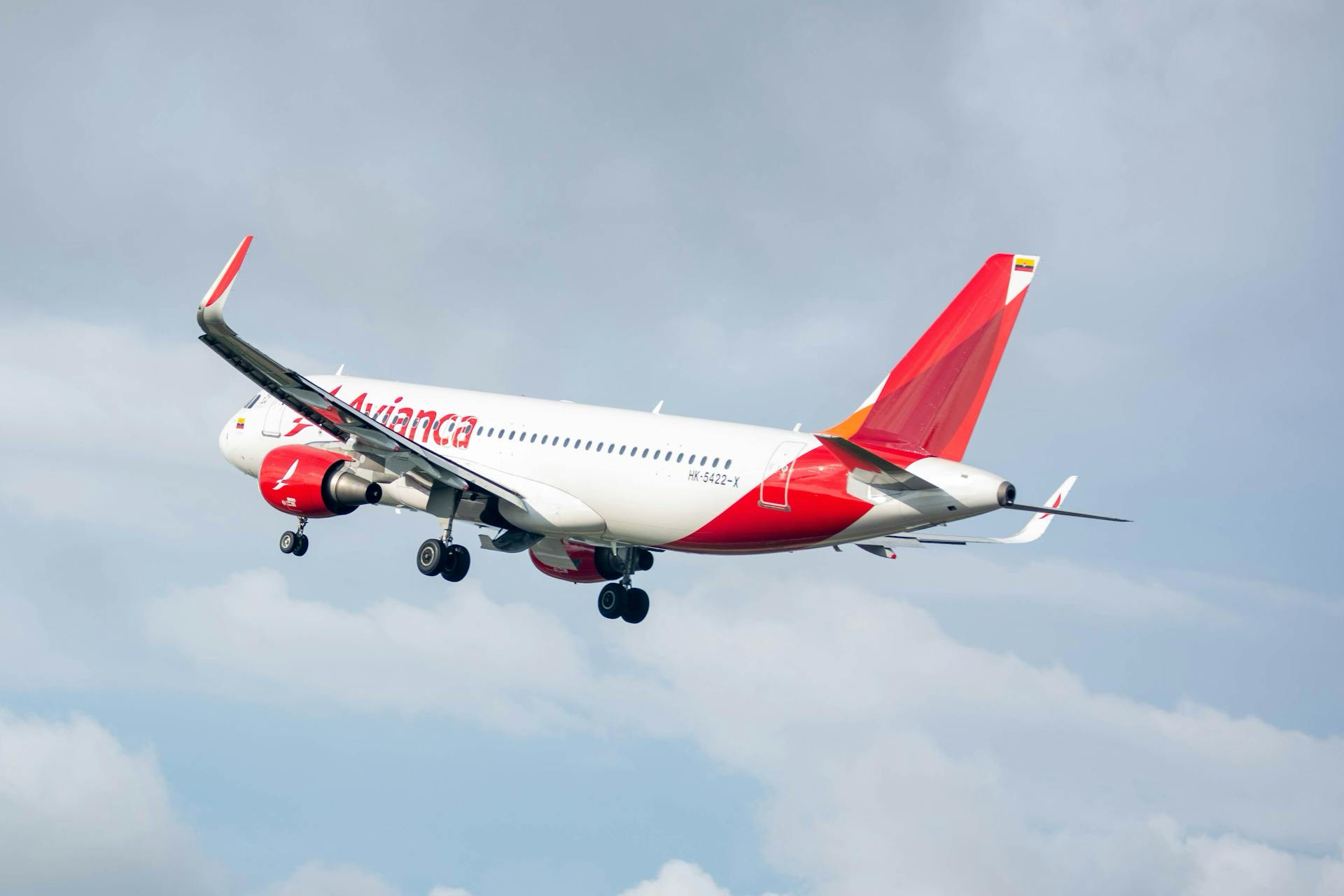Overview
• Operator: Avianca
• Aircraft Model: Airbus A320-200
• Registration: N755AV
• Flight Number: AV-9317
• Route: Valledupar (VUP) → Bogotá (BOG)
• Date: 6 March 2025
• Occupants: Undisclosed (standard passenger flight)
• Casualties: None
• Aircraft Status: Grounded in Valledupar for maintenance
• Investigation: Routine maintenance inspection by Avianca
⸻
Incident Summary
Avianca flight AV-9317, an Airbus A320-200, was preparing for departure from Valledupar to Bogotá when an engine issue prompted the crew to reject takeoff.
During engine acceleration, a loud bang was heard, leading the crew to abort the takeoff at low speed. The aircraft taxied back to the apron, and passengers were rebooked onto flights the following day.
The exact cause of the engine issue remains under investigation, and the aircraft remains grounded in Valledupar for further inspection.
⸻
Sequence of Events
Pre-Departure & Taxi
• The aircraft backtracked runway 02, lined up, and began takeoff roll.
• During engine acceleration, a loud bang was heard from one of the CFM56 engines.
• Crew received an engine indication in the cockpit.
Rejected Takeoff Decision
• Takeoff was aborted at very low speed, with no reported damage to the aircraft.
• The aircraft taxied safely back to the apron, and the passengers were disembarked.
Post-Incident Actions
• The airline confirmed an engine indication prompted the return to the apron.
• Passengers were rebooked onto alternate flights the next day.
• The aircraft remains grounded 21 hours later for inspection and possible maintenance.
⸻
Investigation Findings & Initial Analysis
1. Possible Engine Surge or Compressor Stall
• The loud bang reported suggests a compressor stall or surge, a condition where airflow through the engine is disrupted.
• Engine surges can be caused by:
• Ingestion of foreign objects (FOD).
• Abrupt power changes during acceleration.
• Engine wear or component failure.
2. Cockpit Indications & Safety Measures
• The crew likely received an engine fault warning, leading to the precautionary return to the apron.
• Airbus A320 systems are designed to detect irregularities, and the crew acted in accordance with standard operating procedures (SOPs).
3. Maintenance Grounding & Inspection
• The aircraft remains grounded in Valledupar, indicating:
• A thorough inspection of the engine’s compressor section.
• Possible borescope examination to check for internal damage.
⸻
Potential Causes & Contributing Factors
1. Engine Surge or Compressor Stall
• Possible disruption in airflow during acceleration.
• Could be due to throttle movement, high engine wear, or sensor errors.
2. Foreign Object Ingestion (FOD)
• Valledupar Airport operates in an open environment, where loose debris, birds, or dust ingestion could cause an engine surge.
• Runway backtracking may have contributed to FOD ingestion.
3. Sensor Fault or Engine Control Issue
• False engine readings or an electrical fault could have triggered the cockpit alert.
⸻
Safety Recommendations & Future Prevention
1. Thorough Engine Inspection Before Next Flight
• Conduct borescope inspections to detect internal damage.
• Run engine performance diagnostics before releasing the aircraft back into service.
2. Review Runway Surface & FOD Prevention
• Ensure runway backtracking does not expose engines to debris ingestion.
• Conduct runway sweeps for foreign object removal.
3. Monitor Engine Performance Data
• Analyze engine trend monitoring reports to detect early signs of performance degradation.
• Implement early maintenance actions if anomalies are found.
⸻
Conclusion
Avianca flight AV-9317 experienced an engine anomaly during takeoff roll, leading to a low-speed rejected takeoff as a precautionary measure.
The crew’s quick response ensured passenger safety, and the aircraft was taxied safely back to the apron without further incident.
The exact cause remains under investigation, but engine surge, compressor stall, or sensor fault are leading possibilities.
The aircraft remains grounded in Valledupar for further inspection, with maintenance teams conducting in-depth diagnostics before returning it to service.
⸻
Disclaimer
“This report is based on available information as of 7 March 2025. While every effort has been made to ensure accuracy, the completeness of the details cannot be guaranteed. If you are the rightful owner of any referenced materials and wish them removed, please email takedown@cockpitking.com.”
